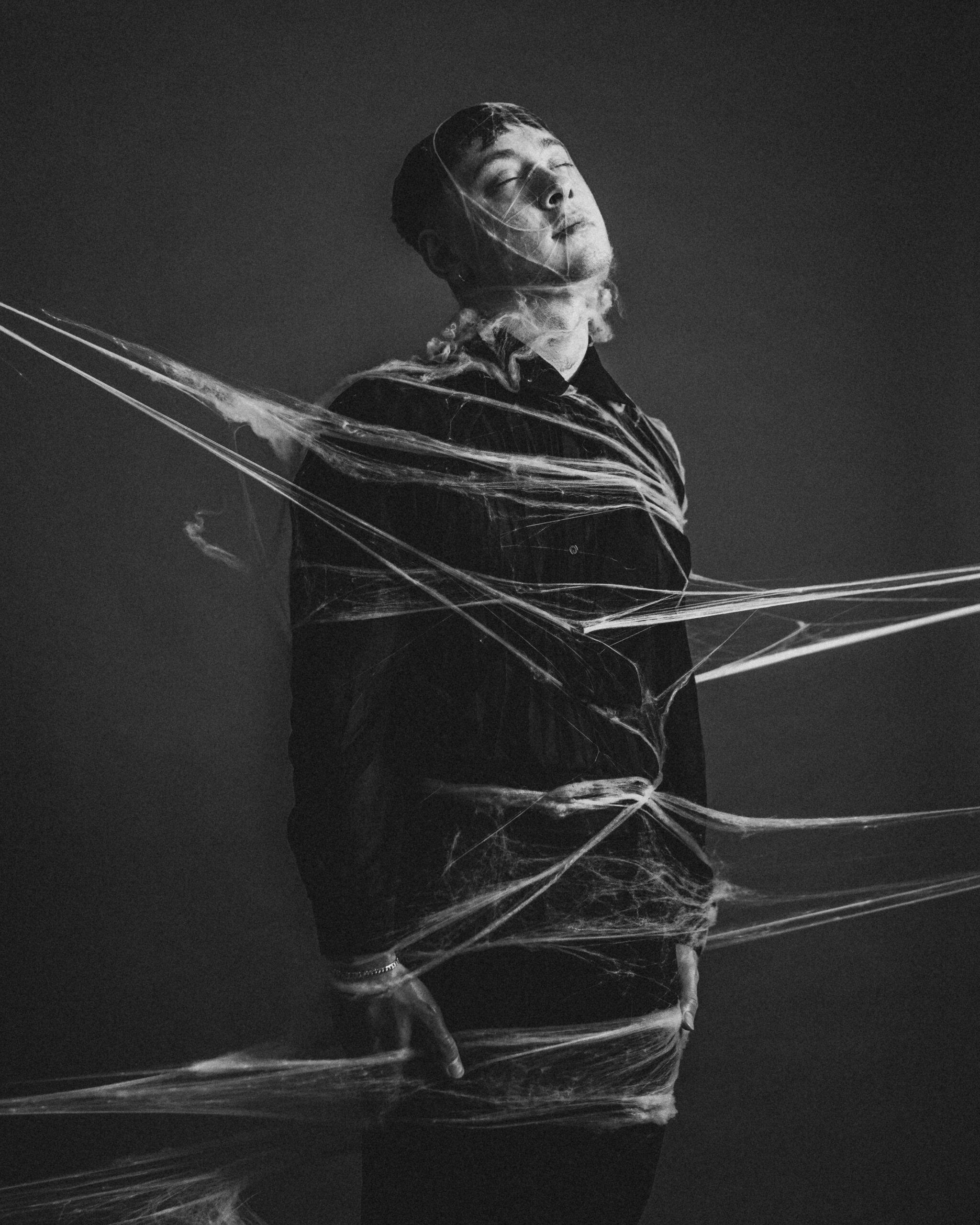A friend of mine with four daughters faced a dilemma. She was planning a trip to Spain, but
she could only afford to take one. She confided in me that she was having a difficult time
deciding which daughter to choose. After she had made her choice, I asked her what factors
went into making her decision. She replied, “I picked the daughter most like me.” She went
on to say that traveling with that daughter would be easier because they shared the same
interests.
We all do that. We favor, hang out, and gravitate to the people with similar values and
viewpoints. The old saying, “Birds of a feather flock together” is true. There’s less conflict and
it’s easier to be with people who are more like we are. It’s like curling up to watch a familiar
movie after a difficult day. You don’t really need to think or pay close attention to the plot
because you already know what’s going to happen. It’s comfortable and predictable.
Our world has increasingly become an anxious place. Differences in perspectives about race
relations, immigration, politics, and social norms have led to destructive conflict in our public
and private lives. Voicing an opinion can be so polarizing that many of us choose to remain
silent. I have friends, dear friends, who will vote for a different presidential candidate, and I’m
afraid to open Pandora’s box in fear that one of us could say something to jeopardize our
friendship. This happened to my husband. He no longer speaks to his best friend of 45 years!
I’m becoming increasingly convinced that responsible dialogue is something all of us are being
called to consider. I believe responsible dialogue follows these tenets:
• Dialogue with the intent NOT to try and change someone’s opinion.
• Dialogue with no overtly negative body language, name calling, or raised voices.
• Dialogue with the respectful intent to listen to learn about the other person’s life experience.
• Dialogue with no outward judgment, advice giving, or trying to fix another person.
• Dialogue in person whenever possible. Texts, Facebook, and social media aren’t the best
choices.
• Dialogue where everyone speaks only for themselves. No hearsay or repeating what
someone else says.
• Dialogue with an equal time of listening and speaking.
Still, even with these guidelines in place for the dialogue, why take the risk? Why put ourselves
through the possibility of being hurt or injured by dialogue gone wrong? The answer for me is
simple. I have grown both personally and professionally by listening and processing my
thoughts with others. There have been times when I was 100% positive I was right that my
facts were straight, and I knew why the other person said what they said. And I had
everything wrong.
There’s also a deeper reason. I think our nation has forgotten how to dialogue with people with
whom we disagree without a major conflict erupting. We’ve lost healthy dialogue skills in our
quest to be on the “right” side. There seems to be little curiosity about another person’s
perspective, and if it doesn’t line up with ours, they are automatically wrong. Governor Bill Lee
of Tennessee said, “We can disagree and stand firm for our beliefs and principles, but we
should never forget the dignity of the other human being.”
The current distrust and pain that is evident in our public discourse encourages destructive
communication that is destroying more intimate relationships. We are relational beings, and
the quality of our relationships can determine the quality of our lives. With some forethought
and planning, even establishing guidelines for the dialogue, like the ones above, we can sit
down together for a substantive dialogue. My children’s and grandchildren’s generation will benefit from our willingness and ability to
participate in such a dialogue, even one that is temporarily uncomfortable, for a greater, long-
term benefit for ourselves, our friends and families, our communities, and our nation As we
lead from whatever space in which we are called, we are in a unique position to model what
healthy conflict looks like. This is ours to do.

